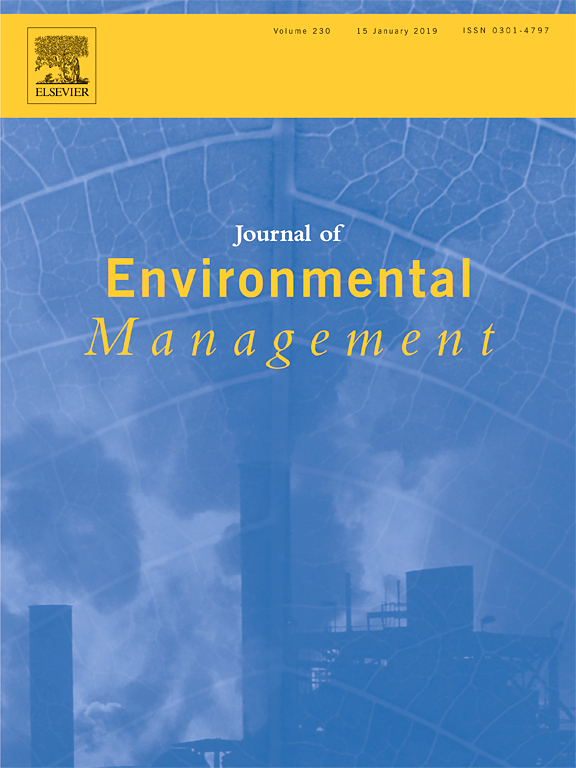Grey sedge (Lepironia articulata Retz. Domin) is a plant endemic to tropical peatlands and is widely used as a handicraft and biodegradable product that brings income to local farmers. However, its habitat has been decreasing due to peatland degradation, which has forced local farmers to harvest L. articulata repeatedly in the same habitat. To examine the effects of repeated shoot cutting at different time intervals on L. articulata growth and biomass yield, a mesocosm experiment was conducted from June 2019 to March 2020 in a tropical peatland in Perigi village, Ogan Ilir District, South Sumatra, Indonesia, using a randomized block design with four treatments and three replicates. The treatments were as follows: P1 (cutting every 1 month), P2 (cutting every 2 months), P3 (cutting every 3 months), and P4 (cutting at 6-months). The results showed that P1 significantly reduced monthly shoot height, shoot diameter, shoot number, dry biomass, cumulative shoot number, and cumulative dry biomass. In contrast, considering L. articulata‘s regenerative growth, the growth and cumulative biomass yield of P3 (1453.5 ± 518.4 g m−2) were as good as those of P4. These results indicate that the harvesting interval should be longer than 3 months for the sustainable use of L. articulata in tropical peatlands without damaging its regenerative ability.
Download:
DOI:
https://doi.org/10.3390/su16208896
Altmetric score:
Dimensions Citation Count:
























